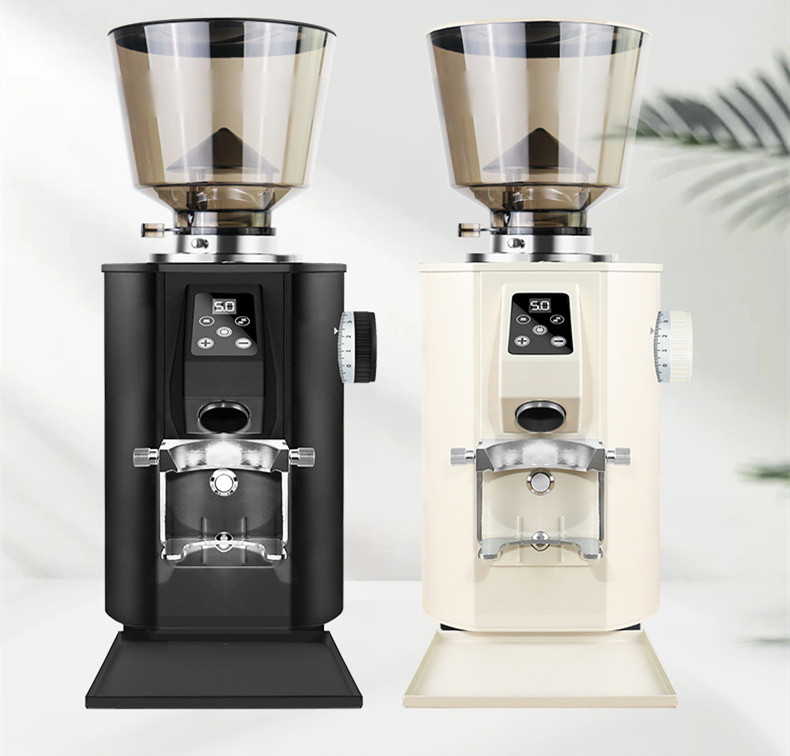How to Minimize Coffee Bean Waste During the Grinding Process
Precise Measurement Techniques for Optimal Grinding
Understanding Bean-to-Ground Ratio
Overfilling the hopper often leads to excess grounds that stale before use, while underfilling causes inconsistent grinding due to uneven bean distribution. Start by using a digital kitchen scale to measure beans according to your brewing method’s requirements. For espresso, aim for a 1:2 ratio of coffee to water (e.g., 18g beans for 36g espresso output). For drip coffee, use a 1:15–1:17 ratio. Weighing beans eliminates guesswork and ensures you grind only what’s needed.
Adjusting Grind Size Mid-Batch
If your recipe changes mid-grinding (e.g., switching from espresso to French press), pause the grinder and empty the catch bin before adjusting settings. Grinding at the wrong size wastes beans by producing unusable fines or boulders. For manual grinders, twist the adjustment knob incrementally and test a small amount first. Electric grinders with stepped settings should be calibrated using the manufacturer’s guidelines to avoid trial-and-error waste.
Managing Hopper and Grinding Chamber Efficiency
Preventing Bean Retention in the Hopper
Static electricity and humidity cause beans to stick to hopper walls, leading to leftover grounds when refilling. To reduce retention, tap the hopper gently after adding beans or use an anti-static coating spray on the interior. For electric grinders, activate the “pulse” feature (if available) to dislodge stuck beans without over-grinding. Avoid over-tamping beans into the hopper, as this restricts flow and increases waste.
Clearing the Grinding Chamber After Use
Residual grounds in the burrs or blades oxidize quickly, creating off-flavors if reused. After grinding, run the machine for 2–3 seconds without beans to expel trapped particles. For hand grinders, disassemble the burr set and brush out fines from the chamber. If your grinder has a “zero-retention” design, still perform this step to ensure no clumps remain in crevices.
Advanced Tips for Reducing Static and Spillage
Taming Static Cling in Ground Coffee
Static electricity causes grounds to “jump” out of the catch bin, scattering across counters. To mitigate this, grind beans at room temperature (not straight from the fridge) and moisten your fingers slightly before handling the bin. For electric grinders, place a damp cloth under the machine to ground static charges. Some users add a pinch of uncooked rice to the hopper before grinding to absorb moisture, though this may alter flavor if not rinsed thoroughly.
Using a Secondary Container for Transfer
Pouring grounds directly from the catch bin into a portafilter or filter basket often leads to spills. Instead, use a small funnel or a dedicated dosing cup to channel grounds accurately. For espresso, a weighted tamper with a built-in funnel ensures every milligram ends up in the basket. If transferring to a storage container, do it quickly to minimize exposure to air, which degrades freshness and increases waste from stale grounds.
Handling Partial Batches and Leftovers
Storing Unused Grounds Properly
If you grind more than needed, transfer excess grounds to an airtight, opaque container. Avoid glass jars, as light accelerates flavor loss. Store the container in a cool, dark place and use the grounds within 24 hours for drip coffee or 12 hours for espresso. Label the container with the grind date and brewing method to prioritize usage.
Repurposing Stale Grounds Creatively
Even slightly stale grounds can serve purposes beyond brewing. Mix them into compost for garden soil, use them as a natural deodorizer in fridges or shoes, or scrub pots and pans with a paste of grounds and water. For skincare, combine grounds with coconut oil for a DIY exfoliating scrub. These methods ensure no grind goes to waste, even if it’s no longer suitable for coffee.
By implementing these strategies, you’ll maintain control over bean usage, reduce environmental impact, and enjoy consistently fresh coffee without the frustration of unnecessary waste.


